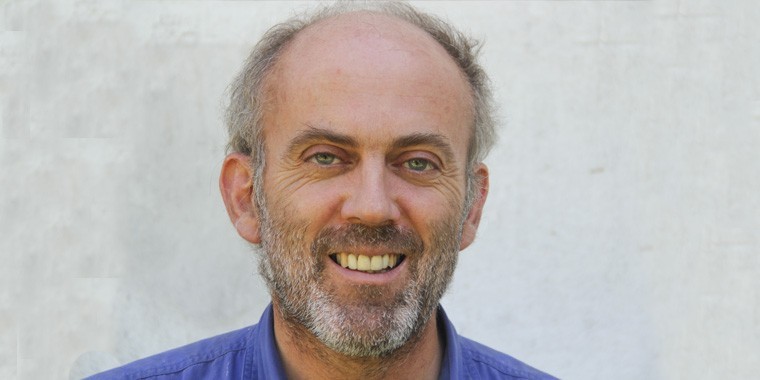At last, we know the details of the first part of the Environmental Land Management scheme (ELMS), the Sustainable Farming Initiative (SFI), and how it will apply to arable farming over the next two years. But will it be enough to keep arable farmers’ heads above water as we see inflation in our costs rise and our BPS receipts sink?
Broadly speaking, if arable farmers get busy with their applications, the SFI will mostly patch over the hole left in our finances by this year’s cut to our BPS payments, albeit that it won’t compensate us for the BPS cut we suffered in 2021.
This year we can apply for an ‘intermediate’ level of payment of £40/ha which will be made quarterly three months after agreements start. To receive this, we will have to test our soil for organic matter every five years, add some manure and grow cover crops.
Some of us, particularly min-till or no-till practitioners, are already doing most of this so it won’t add much to existing farming overheads. Unfortunately, others like me will have to make significant investment in new kit and start sowing cover crops to qualify for this payment.
The easiest way to comply with the cover crop requirements is to sow winter crops of cereals or oilseed rape but, with the rising threat of herbicide-resistant blackgrass making winter wheat ever more problematic, and the neo-nicotinoid ban making oilseed rape establishment ever more difficult, large acreages of winter crops are more and more difficult to achieve on my arable land.
There is a lesser SFI ‘introductory’ payment of £22/ha which will require less onerous standards. But will a payment at that level be worthwhile once application and administration costs are factored in as well as the risk of fines for inadvertent ‘non-compliance’ hidden in the fine print of the scheme rules?
All this takes us to 2024, by which time our BPS payments will have been halved and the two other branches of ELMS will start to be rolled out. These proposals, the Local Nature Recovery and Landscape Recovery schemes, will spend most of the £2.6 billion currently paid to farmers in BPS payments. But there are worrying signs that most farms will not qualify at all for either of these schemes as they might be confined to only 300,000 hectares (less than 3% of the land area of England).
I have tried to keep optimistic about the future financial implications of all this for my arable enterprise by focusing on the spot and futures price of wheat, pulses and oilseed rape in particular.
But these have all edged back recently so it takes considerable courage to keep positive about what lies ahead for arable farming. This is particularly true given the current staggering rise in the cost of fertilisers. I’m currently being quoted £655/t for AN, £765/t for urea and nearly £800/t for phosphate for this spring. The costs of agri-chemicals, fuel, machinery and electricity are nearly as scary.
But all the time it’s possible to believe that there is a profitable future ahead for my arable acres no doubt I will continue to sow and reap my crops. Farmers are often accused of being whingers, but in reality we are incurable optimists.




